Today we will learn about types of springs used in mechanical for various purposes. Spring is an elastic machine element that can deflect under the application of load and when the load is removed, it regains its original position. In other words, spring is a mechanical object made up of material having very high yield strength to restore elastic. It is used in various machines to absorb shocks. It also resist transferring shocks and vibrations on various critical machine members.
Spring materials:
The steel used to made springs are called a spring steel. Spring steels are mostly low-alloy manganese, low carbon steel or high carbon steel with very high yield strength. Examples of spring materials are as follows:
1. Oil Tempered Steel
2. Stainless Steel
3. Elgiloy
4. Carbon Value
5. Iconel
7. Monel
6. Titanium
7. Chrome Silicon
Types of springs in mechanical:
Based on the shape of the springs, it can be broadly classified into following types:
It is the most common mechanical springs. In this type of spring a coil is wrapped in such a way that it resemble like a thread. These types of springs are used for carry Compression, Extension, and Torsional forces. According to the loading condition helical springs are classified into following four types.
- Open coil springs (or) Compression helical springs
- Closed coil springs (or) Tension helical springs
- Torsion spring
- Spiral spring
a.) Tension spring:
Tension Springs are also called as Extension Springs. When pull force is applied, resulting in extension of the spring. It resist pull forces. These type of springs have hook or expanded eyes either one or both ends.
Applications:
- Lever mechanisms
- Counterbalancing of garage doors
- Weighing machine,
- Vise-grip pilers
- Garage door assemblies
b.) Compression spring:
These springs are open coil helical spring. A helical coil is pressed or squeezes by load. It resists compressive or push forces. It also shows resistance to linear compressive forces. Sometimes fluid behave as compression springs i.e. fluid pressure systems.
Application:
- Motorcycle’s suspensions.
- Pen
- Lock
- Couches
- Lighter
c.) Torsion spring
In this type of spring the load applied to coil is a torque or twisting force. In other words, Helical springs which can hold and release angular energy are called torsion spring. These springs try to hold a system in place. After twisting, the helical coil applies proportional force to opposite direction. Torsion springs are used in application which rotates Less than 360 degree. These springs have either clockwise or anti clockwise rotation.
Applications:
- Mouse trap
- Rocker switches
- Clothes pin
- Automobile starters
- Door hinges
d.) Spiral Springs
Spiral spring is also known as clock spring or Constant force spring. A number of times band of steel wrapped around it to form this these springs. These types of springs release a constant amount of force and are used in machines that need to rotate a number of times and the same time has to release same amount of load constantly. Some of these springs are with thicker bond so that they can give fewer rotations. These types of springs are used in heavy duty applications.
Applications:
- Automotive seat recliners
- Alarm timepiece
- Watch
- Window Regulators
- DC Motors
2. Leaf springs
Leaf springs are also called as s semi- elliptical spring or Cart spring. It is one of the oldest form of springs. Leaf springs are long and flat slender arc -shaped. These types of springs are used In Vehicle suspensions. It is located at
axle and either end of loop is attached to the vehicle. It spread the load over vehicle chassis.
Advantages
- Leaf springs are easy to construct.
- These springs are strong.
- No need for separate linkage to hold the axle in position, leaf springs work as a linkage.
- Rear axle location helps in reducing the extra weight.
- Axle damping is control by leaf springs.
- It reduces cost by eliminating the need of trailing arm and pan hard rod.
Applications:
- Automobiles Suspension
- Used by blacksmiths (due to its relatively high quality steel.)
3. Belleville spring:
A Belleville springs also known as a coned-disc spring, conical spring washer, disc spring, Belleville washer or cupped spring washer. Belleville washers are mostly coin shape spring with a hole in center. This disc springs are dynamically or statically loaded to its axis. It required less space for installation but can bear a very large load. These springs have more advantages compare to other springs.
Applications:
4. Volute and conical spring:
These springs are conical shape compression springs. Conical springs are also known as tapered spring. These springs used to provide stability and reduce solid height.
5. Special purpose spring:
As the name suggest this springs are made for special purpose use. Special purpose springs are made up from different types of material all together such as Air and water.
Other types of springs are:
1. Constant Spring
2. Variable Spring
3. Variable Stiffness Spring
4. Flat Spring
5. Machined Spring
6. Serpentine Spring
7. Cantilever Springs
8. Hairspring or Balance Spring
9. V-Spring
10. Gas Spring
11. Ideal Spring
12. Main Spring
13. Negator Spring
14. Progressive rate coil Springs
Why we need a Mechanical springs:
Springs are a very useful machine element. There are various reasons to use spring. Some of them are given below.
- To absorb shock load
- To store energy
- To measure force
- To motive power
- To Return motion
- To control of vibrations
- To retaining of rings
This is all about the types of springs. If you have any query regarding this article, ask by commenting. If you like this article, don’t forget to share it on social network. Subscribe our website for more informative articles. Thanks for reading it.
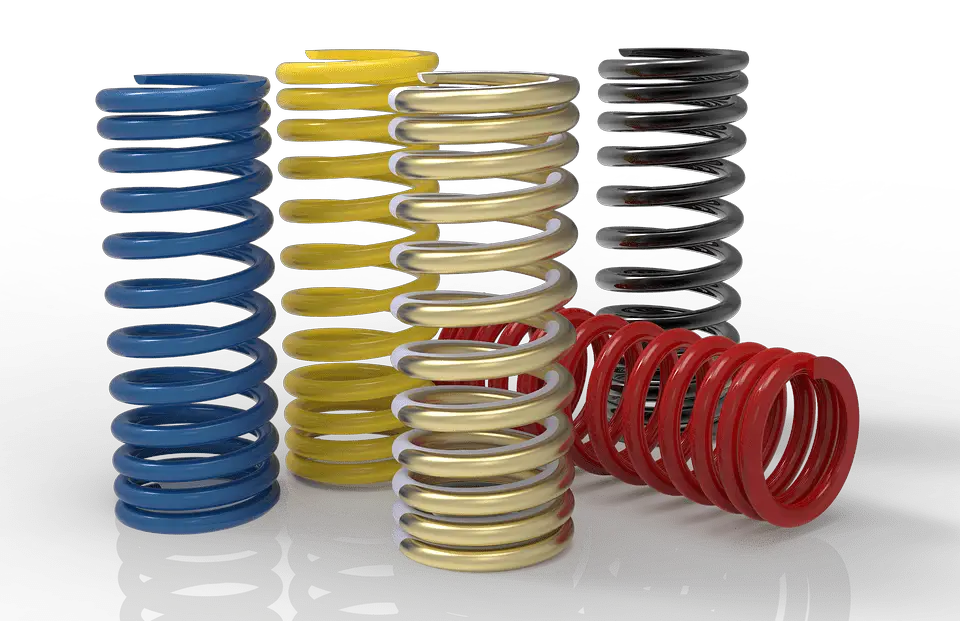
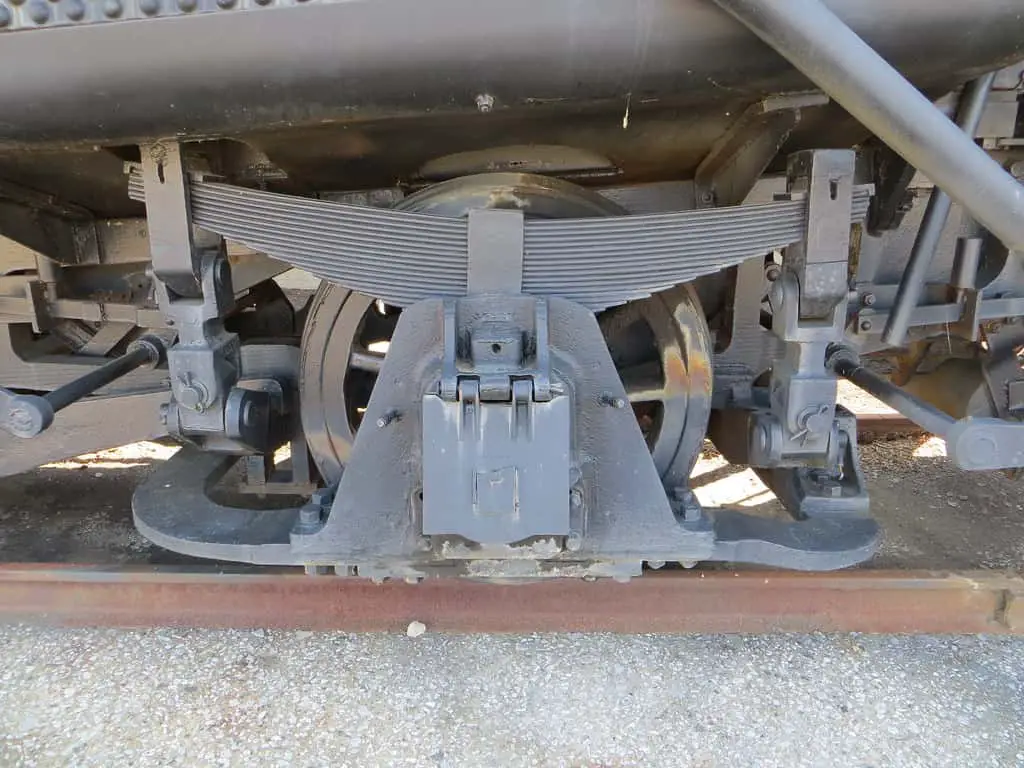
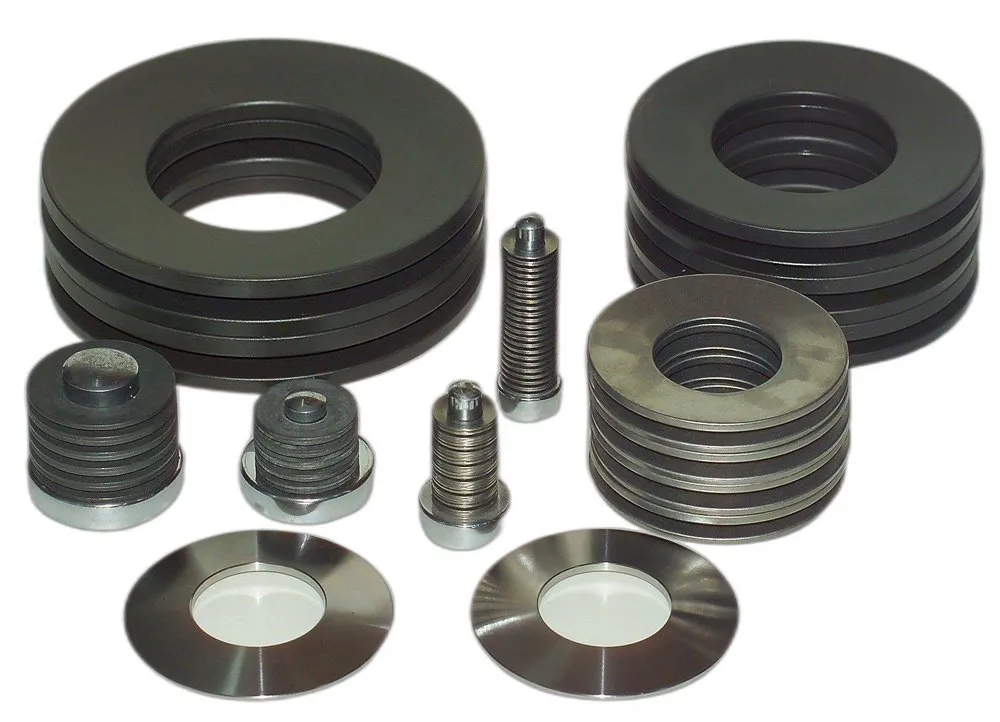
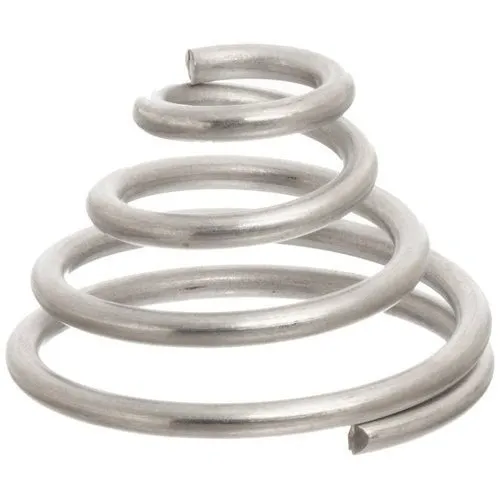

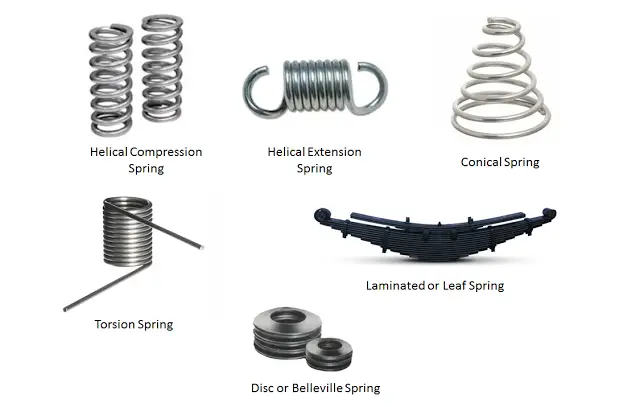
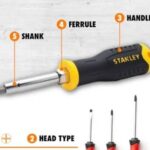
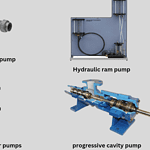
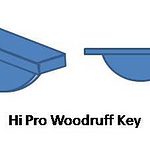
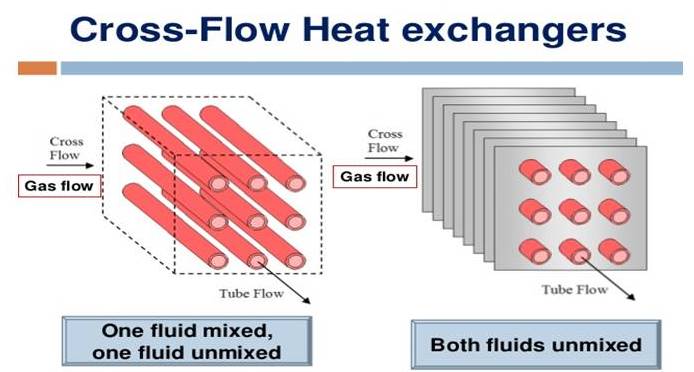
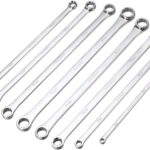
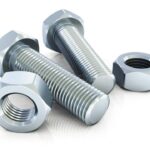

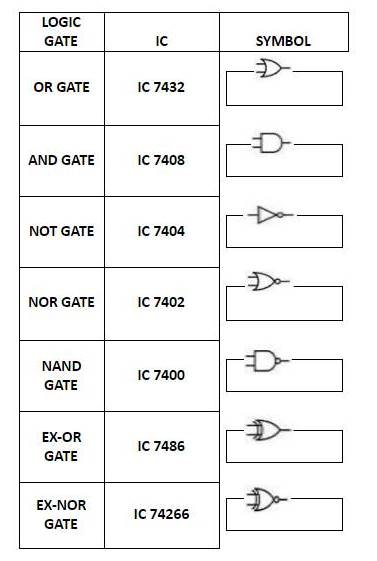
Nice.explnation
Good